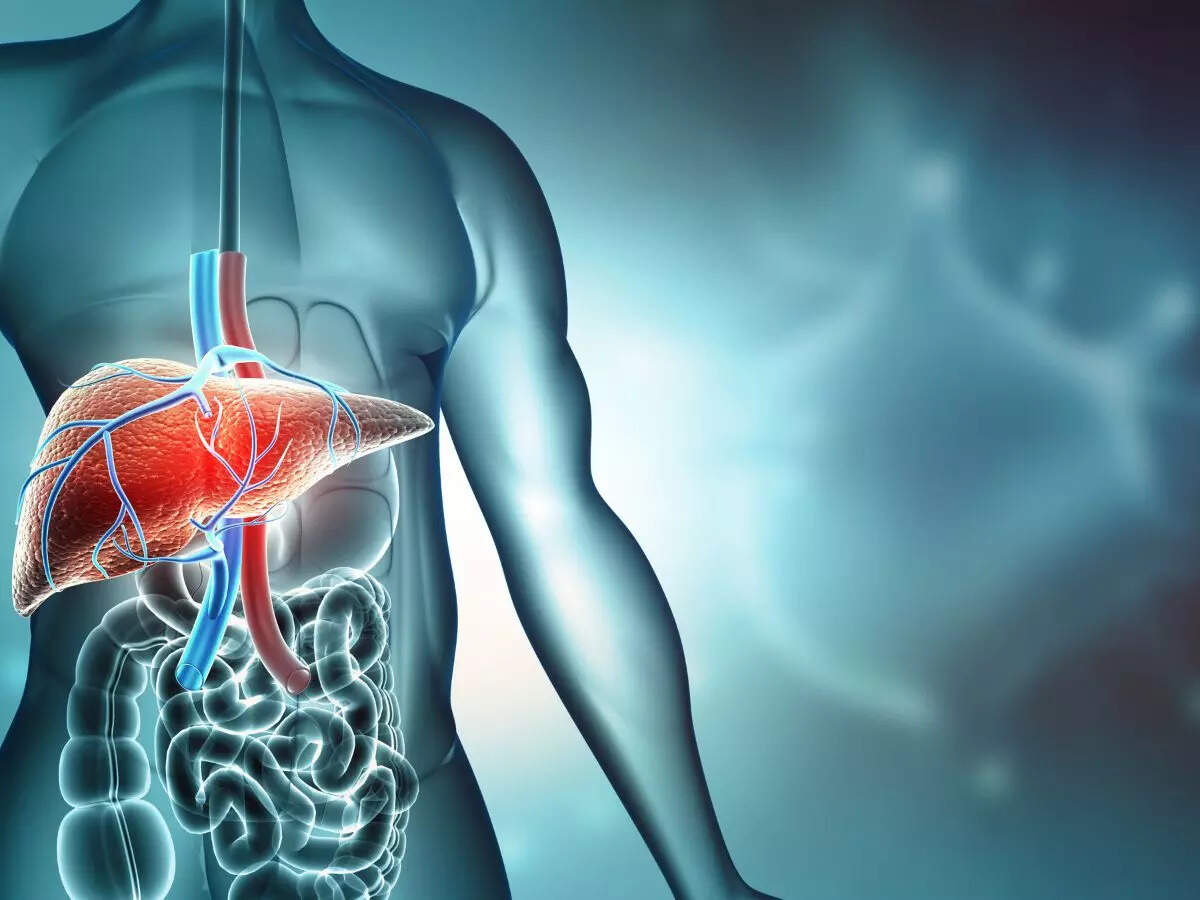Early signs of fatty liver you should never ignore – Times of India
Understanding Fatty Liver Disease
Fatty liver disease, also called hepatic steatosis, can be classified into two main types: alcoholic fatty liver disease and non-alcoholic fatty liver disease. As the names suggest, the former is linked to excessive alcohol consumption, while the latter is not related to alcohol intake and is often associated with factors such as obesity, insulin resistance, and metabolic syndrome.
Early signs to watch out for
1. Unexplained Weight Gain: Rapid and unexplained weight gain, especially around the abdominal area, may be linked to fatty liver disease. This is often associated with insulin resistance and metabolic dysfunction.
2. Dark Urine and Pale Stools: Dark-colored urine and pale-colored stools are signs that the liver’s ability to process bilirubin, a waste product, is compromised. These changes in urine and stool color should not be ignored.
3. Changes in Skin Health: Fatty liver disease can manifest through changes in skin health, including yellowing of the skin and eyes, itchy skin, and easy bruising. These symptoms suggest compromised liver function.
4. Visible Signs of Insulin Resistance: Conditions like prediabetes or type 2 diabetes, characterized by high blood sugar levels, can contribute to fatty liver disease. Pay attention to increased thirst, frequent urination, and blurry vision.
5. Fatigue and Weakness: One of the earliest signs of fatty liver disease is unexplained fatigue and weakness. The liver’s compromised function affects its ability to store and release energy, leading to persistent tiredness.
6. Swelling in the Abdomen and Legs: As the disease progresses, fluid retention can occur, leading to abdominal swelling and swollen legs and ankles. This indicates advanced stages of liver dysfunction.
7. Abdominal Discomfort: Discomfort or pain in the upper right side of the abdomen could be indicative of an enlarged liver due to fat accumulation. This discomfort may be mild initially but should not be ignored if it persists.
8. Elevated Liver Enzymes: Routine blood tests can detect elevated levels of liver enzymes like alanine aminotransferase and aspartate aminotransferase. These enzymes leak into the bloodstream when liver cells are damaged or inflamed, indicating potential fatty liver disease.
window.TimesApps = window.TimesApps || {}; var TimesApps = window.TimesApps; TimesApps.toiPlusEvents = function(config) { var isConfigAvailable = "toiplus_site_settings" in f && "isFBCampaignActive" in f.toiplus_site_settings && "isGoogleCampaignActive" in f.toiplus_site_settings; var isPrimeUser = window.isPrime; if (isConfigAvailable && !isPrimeUser) { loadGtagEvents(f.toiplus_site_settings.isGoogleCampaignActive); loadFBEvents(f.toiplus_site_settings.isFBCampaignActive); } else { var JarvisUrl="https://jarvis.indiatimes.com/v1/feeds/toi_plus/site_settings/643526e21443833f0c454615?db_env=published"; window.getFromClient(JarvisUrl, function(config){ if (config) { loadGtagEvents(config?.isGoogleCampaignActive); loadFBEvents(config?.isFBCampaignActive); } }) } }; })( window, document, 'script', );
For all the latest lifestyle News Click Here


